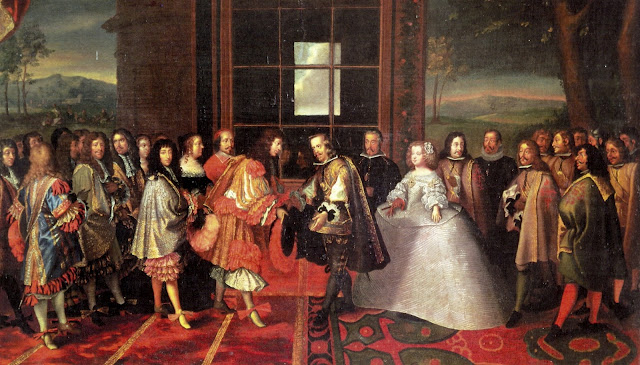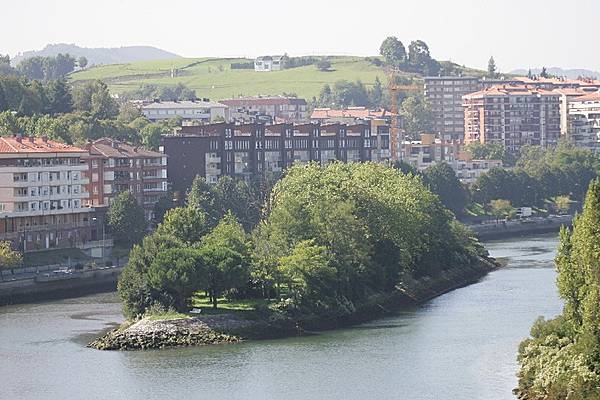Like politics and economics I don’t profess to know much about history. To be frank, I always thought it rather odd that when I was at school, we spent the years when it was a compulsory subject learning about the Stone Age and coracles and stuff, so by the time we were able to choose between other subjects, we’d barely even got started on the Tudors and Stuarts.
If you ask me, it’d have been far more logical to have begun with modern history and then work backwards. But maybe that’s just me. Anyway, for whatever reason, I never found history particularly engaging and as soon as I could I opted for biology and geography instead. So, where’s all this leading, and what’s it got to do with Spain?
Well, at my school, we never even touched on European history, so when I stumbled upon an anecdotal article in the Spanish press the other day, it was certainly news to me, although it’s entirely possible it’s common knowledge to everyone else…
Pheasant Island. I never came across it in my geography lessons either. So if you already know the story, you won’t want to read about it again! But if you’ve never heard of it, then stay with me for a couple of minutes and I’ll explain.
Pheasant Island – in Spanish Isla de los Faisanes; in Basque Konpantzia; and in French take your pick because it’s variously known as Île des Faisans, Île de l’hôpital or Île de la Conférence – is the smallest island in the world. Floating in the River Bidasoa on the border between France and Northern Spain it covers a mere 2,000 square metres and, just like the presidency of the EU which also rotates twice a year, it’s administered from Irun (Spain) and Hendaye (France) for alternating periods of six months each, with Spain currently at the helm. Except that in this case the swap-over has been taking place year in, year out ever since 1901.

In 1660, King Louis XIV of France met Philip IV of Spain and his bride María Theresa on Pheasant Island
The pint-sized island clearly isn’t of any strategic significance to the two largest countries in Europe. So why is it so important to them? Well, that’s because ever since 1463 – when Louis XI of France and Enrique IV, King of Castilla met there – it’s been a place of secret trysts between members of the Spanish and French royal families, and in 1659 one of the treaties ending the Thirty Years War was signed there, too.
So having played such a major role in the history of both nations for centuries, it only seems fair that France and Spain should share the sovereignty of Pheasant Island, don’t you think?
 en
en




 Vlaams-Nederlands
Vlaams-Nederlands
0 Comments
Leave a Comment
DISCLAIMER
The opinions and comments expressed by contributors to this Blog are theirs alone and do not necessarily reflect the views of VIVA Homes Under the Sun Ltd, any of its associated companies, or employees; nor is VIVA to be held responsible or accountable for the accuracy of any of the information supplied.
Have you got something to say?